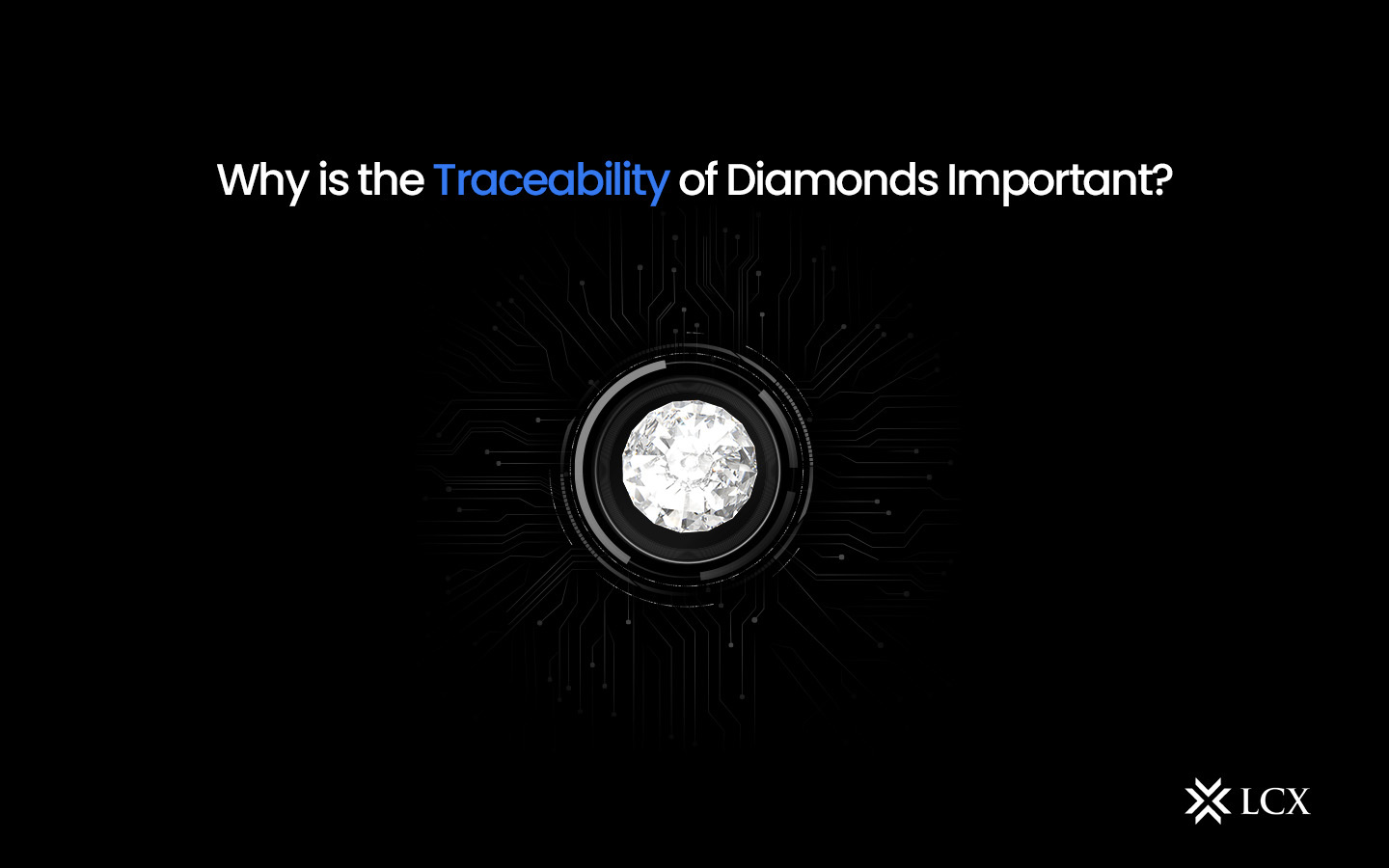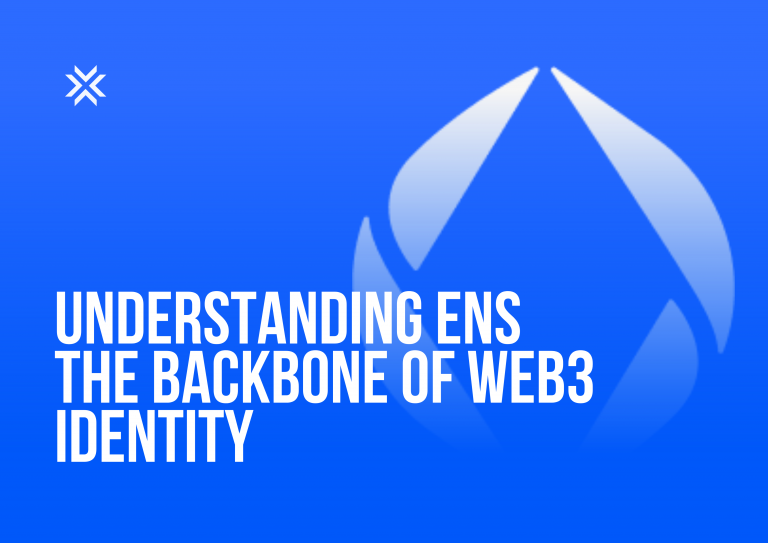The gemstone sector is currently one of the most highly regulated and is transitioning progressively from secrecy to openness. Although the industry keeps growing and transforming, consumer views and preferences are changing more rapidly. Modern consumers are more knowledgeable and perceptive than at any time before, and as a consequence, they have many demands and inquiries regarding the transparency and Traceability of diamonds they purchase. Each diamond has an origin and a story of all of the hands it undergoes during processing, and retailers and consumers would now like to know all of this information.
The traceability of diamonds is the most talked-about topic currently. It is the record of a diamond’s voyage, from the location where it was extracted to who sold it; every detail matters and is recorded in order to locate the diamond. Modern consumers’ sense of social responsibility compels retailers to find a method for preserving accountability in the diamond manufacturing process.
The Importance of Traceability of Diamonds
1. Loyalty Towards Customers
Diamonds are an expensive commodity with high emotional value. An engagement or wedding ring is kept for life. Many people who wear jewelry are curious about their diamonds. In addition, consumers would like to be certain that it was mined responsibly and was not tainted by civil conflicts or violence.
2. Rewarding Rewarding and Incentivizing
It is crucial to keep diamond proceeds away from the hands of warlords, but it is also important to reward mines that meet rigorous labor and environmental standards. Consumers and retailers require a method of identifying responsible mines and incentivizing mines to continuously improve standards and contribute additional benefits to local communities.
3. Improved Measures For Blood Diamonds
The international diamond certification system, the Kimberley Process, prohibits the sale of diamonds that fuel civil conflicts. But its restrictions are ineffective. Indistinguishable blood diamonds are readily smuggled across international borders and combined with other gems. The demand from consumers for verified diamonds would reduce the value of illegal gems, thereby helping to sever the connection between diamonds and conflict.
4. Quick And Easier Responses
It might take a long time for merchants and producers to fully comprehend their supply chains and eliminate conflict gems and minerals from their procurement following the outbreak of armed conflict. Numerous businesses never take action. A diamond supply chain where all the diamonds can be tracked would allow businesses to adapt their sourcing practises to emerging conflicts more quickly. They would already know if their gemstones originated from an impacted region. Companies that eschew conflict jewels would save money and not have to conduct time-consuming examinations of their supply chain.
5. Enhanced Government Earnings
When diamonds are illegally exported from the nations from which they are extracted, tax revenue is lost. If diamond traceability were mandatory, diamond smuggling networks would dissipate, and authorities would earn more from the diamond trade. In turn, these administrations would be able to invest more in education, healthcare, and long-term development.
How are Diamonds Traced?
The traceability of diamonds involves keeping an accurate record of the diamond at every phase of its production. Therefore, when the diamond reaches the consumer, they will have complete access and transparency regarding the diamond’s history, allowing them to form a personal connection with the diamond they are purchasing. Blockchain is the most common method for maintaining diamond records.
Blockchain is a collection of data maintained by each participant at every stage. Once the data is submitted, it cannot be altered, and each individual involved with the making of the specific diamond, including the customer, has complete information concerning it at every stage. Every collection of records is saved as a database block, and these information blocks constitute a publicly accessible record. This is thought to be the most common method, but it has some limitations. If the data stored is inaccurate, the purpose is defeated. This can occur on purpose or by accident at every phase of the process. The data remains in its original format forever, which may provide incorrect data to others and cast doubt on the diamond’s authenticity. There is only one method for overcoming the drawbacks of blockchain technology, and that is Verifiable data.
When using Verifiable data, the data is collected independently and right away from the production system at each stage of the manufacturing process. The data cannot be altered once it has been securely stored, and the likelihood of human error and falsification is minimal due to the fact that the data is recorded automatically prior to storage. Using Verifiable data is the key to accurately tracing diamonds without errors or doubts about the data’s or the diamond’s authenticity.
What Retailers Must Know About the Diamond Journey?
The insistence of consumers on tracking and provenance compels retailers to seek new and improved methods for gaining access and sharing the complete history of their gems. However, retailers can utilize these trending ideas to create engaging in-store experiences and increase sales despite competition from e-commerce and other luxury products.
Sharing the distinct story beneath every gem can create a narrative-rich experience that captivates consumers and strengthens their connection to a diamond. It can be used both in-store and online to provide the buyer with the real story of their gemstone, therefore improving customer satisfaction and the consumer experience.
It can also increase the level of accountability and traceability of diamonds, allowing retailers to develop trusting relationships with their customers. The retailer need not be concerned about marketing a diamond with a dubious past or encountering unanticipated illegal activities in the diamond’s provenance. When a retailer has complete faith in its supply network, the consumer can have complete faith in the retailer.









